Suddenly in debt
Recently, the press has continuously reported on the situation of falsifying loan documents to appropriate assets. The subjects do this by stealing other people's personal information and then buying machines and equipment to forge personal documents themselves.
For example, Ms. NT (Vinh City, Nghe An) did not borrow money but continuously received calls and text messages demanding payment of debt from a financial company.
Too upset, she reported the incident to the above finance company and received a reply letter. Accordingly, the finance company confirmed that her personal information was used by a fraudster to fake her credit loan application.
In another case, Ms. TA, whose registered residence is in Phu Nhuan District (HCMC), shared that she and her family were once in a state of panic when strangers terrorized them with dozens of phone calls every day and thousands of Facebook messages.
The above “unfortunate” events happened after she lost her ID card. Ms. TA said that someone used all of her information such as her name, age, and ID number to make a consumer loan.
The borrower then disappeared, leaving behind a late payment loan, forcing Ms. TA to shoulder the debt.
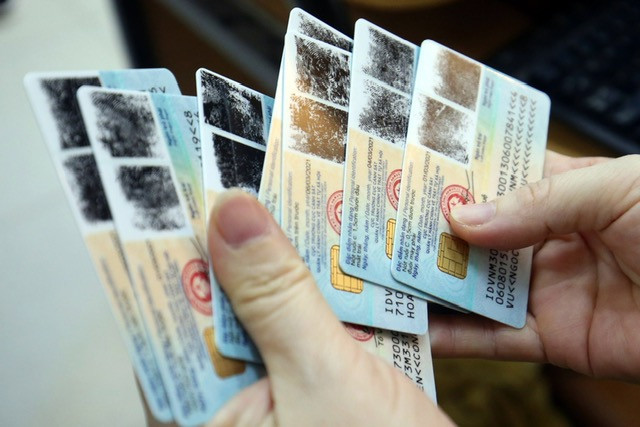
It can be said that the situation of forgery aimed at financial fraud like the above cases is happening more and more, with increasingly sophisticated tricks.
Meanwhile, most eKYC authentication in the process of comparing real people and photos on ID documents stops at a simple level such as requiring portrait photos or simple tasks.
This poses a problem, requiring increasingly advanced authentication and anti-counterfeiting technologies.
From a technical perspective, Zalo's AI Director, Dr. Chau Thanh Duc, said that anti-counterfeiting is always a big challenge. At Zalo, these technologies are constantly improved and models are updated to prevent different forms of counterfeiting.
According to statistics, in just the first 6 months of 2023, Zalo successfully detected and prevented about 350,000 cases of fake portrait photos and 450,000 cases of fake documents (CCCD and ID card).
This is a great effort of the Zalo AI team in the "war" against electronic user authentication (eKYC) fraud, to best protect users using services provided by Zalo.
How AI Prevents Fraud
According to Dr. Chau Thanh Duc, there are 3 most common forms of forgery being used to combat electronic user authentication (eKYC) today, including: Deepfake facial forgery, 3D models (like mannequins), and editing fake citizen identification information (CCCD) or identity card (CMND).
With Zalo AI, technology engineers always have to analyze carefully to improve the model. For example, with deepfake, the attacker will take a still image of another person and then create moving gestures such as smiling, blinking, lip-syncing, etc. just like a real person.
These images will be used to fake selfie videos (portraits) so that the eKYC (electronic identification) camera can record them and mistake them for real people.
However, the above forgery will leave a recapture effect on the screen. Based on this feature, Zalo has developed a replay attack detection model to ensure that these video data are blocked during the authentication process.
In addition, to prevent fraud in eKYC authentication, Zalo has a mechanism to self-check and randomly check areas.
When a technique is detected that bypasses the anti-spoofing model, Zalo's AI team will quickly analyze and update the model to counter that type of attack.
During this time, other layers of protection such as blacklists and face retrieval will help prevent attackers from reusing this personal information, account, or image to bypass the system.

For mannequins, Zalo uses 3D anti-counterfeiting models, capable of distinguishing between natural human faces and 3D objects impersonating humans.
Along with using the right AI model, the unit diversifies the training data to ensure the model is always trained with the most common 3D fakes, the mannequin models that are likely to exist in the real world.
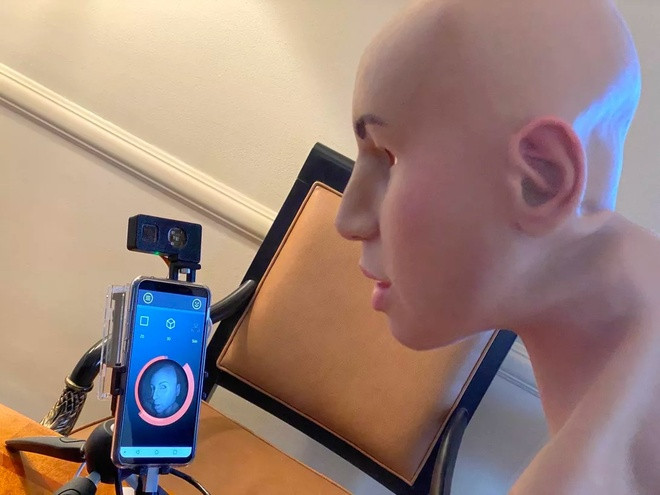
For fake ID card and CCCD photos, there are countless types of attacks such as taking screenshots or printed photos of others, editing information about ID card number, name or date of birth, even replacing the original photo with another fake photo.
Each type of attack will have its own identifying characteristics. Zalo has built specialized AI models to effectively identify each type of abnormal information.
Zalo AI representative also said that accuracy, convenience, updates, fast processing and stability are the strengths that affirm the value of Zalo eKYC for users.
It can be said that with advanced solutions and a commitment to continuous improvement, pioneers in technology in general and AI in particular such as Zalo eKYC play an important role in verifying information in the current digital age.
Source



![[Photo] General Secretary concludes visit to Azerbaijan, departs for visit to Russian Federation](https://vphoto.vietnam.vn/thumb/1200x675/vietnam/resource/IMAGE/2025/5/8/7a135ad280314b66917ad278ce0e26fa)

![[Photo] National Assembly Chairman Tran Thanh Man chairs the meeting of the Subcommittee on Documents of the First National Assembly Party Congress](https://vphoto.vietnam.vn/thumb/1200x675/vietnam/resource/IMAGE/2025/5/8/72b19a73d94a4affab411fd8c87f4f8d)
![[Photo] President Luong Cuong presents the decision to appoint Deputy Head of the Office of the President](https://vphoto.vietnam.vn/thumb/1200x675/vietnam/resource/IMAGE/2025/5/8/501f8ee192f3476ab9f7579c57b423ad)

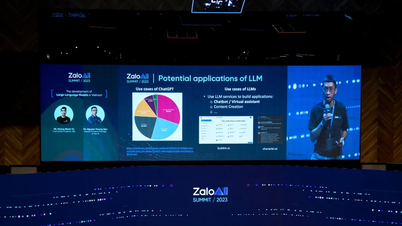



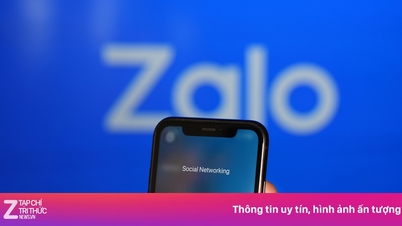










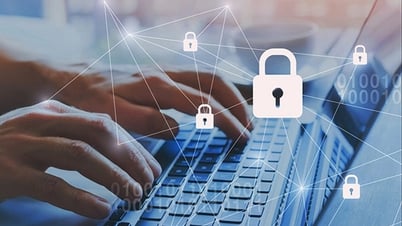











![[Photo] General Secretary To Lam receives leaders of typical Azerbaijani businesses](https://vphoto.vietnam.vn/thumb/1200x675/vietnam/resource/IMAGE/2025/5/8/998af6f177a044b4be0bfbc4858c7fd9)
































![[Photo] Prime Minister Pham Minh Chinh talks on the phone with Singaporean Prime Minister Lawrence Wong](https://vphoto.vietnam.vn/thumb/402x226/vietnam/resource/IMAGE/2025/5/8/e2eab082d9bc4fc4a360b28fa0ab94de)










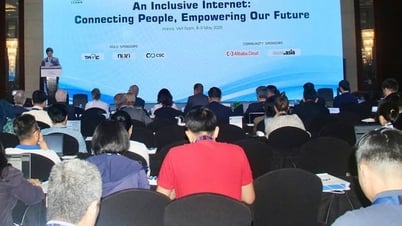






















Comment (0)